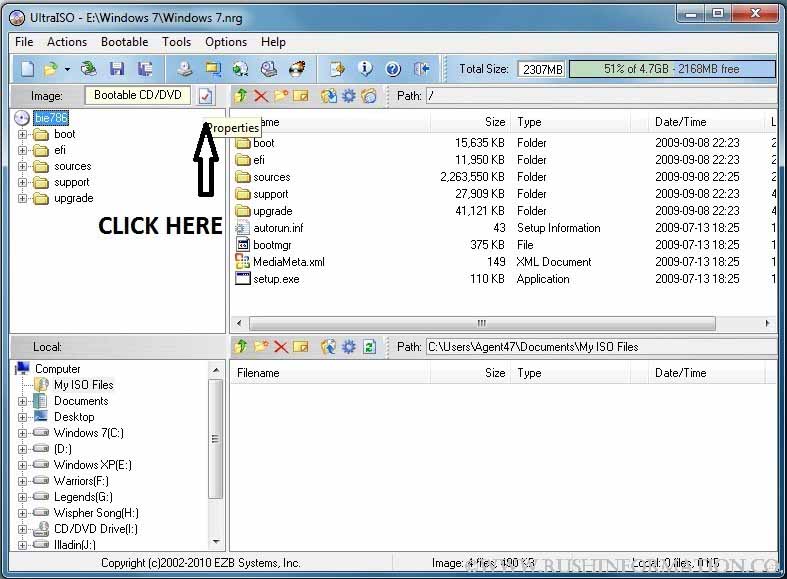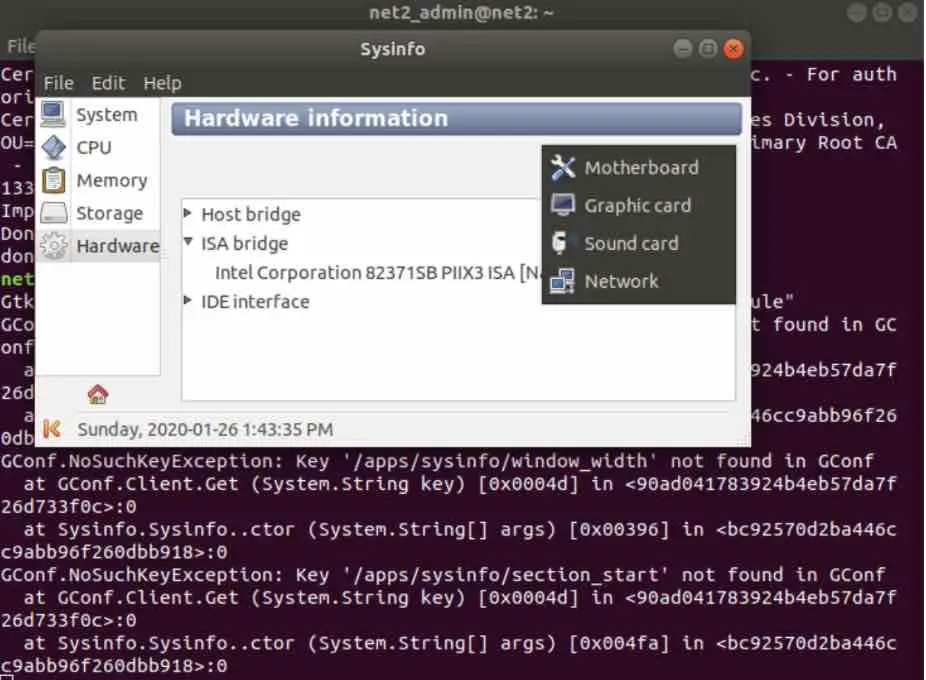

NOTE: If you put spaces between your sequences, you will have to wrap it in quotes. Here we use a few different sequences to get the owner name, group name of owner and permissions of myfile.txt. You can combine any number of formatting sequences in a single command to get the exact information you want. Symbolic link Show Filesystem Type ~]$ stat -f -c %T /vault Same example with a symbolic link to show the difference: ~]$ stat -c %F myfilelink Display the Inode Number of a File ~]$ stat -c %i myfile.txtġ3640825 Show the File Type of a File ~]$ stat -c %F myfile.txt Here are some examples of the most common format sequences. There are many different formats you could use to display the information on your file. Savona Formatting Output of the Stat Command Here is an example of formatting the output to show only the name of the file owner. The syntax for using formatting is using the -c switch followed by the desired sequence and then the filename (or filesystem name) as an argument. This allows you to use format sequences to show just the exact information you need. This is useful when using the output in scripts that need to parse specific information. The -t (-terse) output is all the same information, but without the labels and formatting. Using the -L (-dereference) option will tell stat to follow the link and give you the information on the file the link references. If you run the stat command on a link, it will give you the information about that symlink, not the file it references. Inodes: Total: 2037690 Free: 2037652 Follow Symbolic Link / Dereference You can use the -f (-filesystem) option to pull information about a filesystem instead of a file. Here are some of the options you could try your hands on. Additionally, the output could be modified into a more readable format for ease of use in other programs. It can also be used to fetch details about a file system instead of a file. The command could be used to get a specific piece of information instead of all the information.
#File details linux how to
Now that you know how to fetch the basic information of any file, it is time to see what other options the valuable stat command provides.

However, there are several options available to expand the usefulness of the utility. Passing a filename as an argument is all that is required.

Screenshot of the stat command being used Let's use it to display information about myfile.txt. Now, let us see how the actual command works in a real situation. You only need to provide the name of the file as an argument to the command. The basic syntax that the stat command uses a simple structure. In this article we will discuss how to use the stat command, using it's options and formatting the output. It is used to print the attributes of a file to standard output (STDOUT). The stat command is part of the GNU Core Utilities which comes pre-installed with almost all UNIX and Linux systems.

This is where the Linux stat command comes in. There are a multitude of reasons that you might need to the print the attributes of a file. These attributes contain details about the files size, permissions, modification time, and an assortment of other information. Each of these files has attributes attached to them. While working on the Linux command line you interact with a lot of different files.


 0 kommentar(er)
0 kommentar(er)
